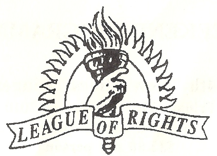Talk about proving a point, an episode of the stupid decadent cartoon, South Park, has been banned by China, because China did not like the spin given on Chinese influence in Hollywood. It shows how hypersensitive the Chinese commos are:
https://www.hollywoodreporter.com/news/south-park-banned-chinese-internet-critical-episode-1245783
“After the "Band in China" episode mocked Hollywood for shaping its content to please the Chinese government, Beijing has responded by deleting all clips, episodes and discussions of the Comedy Central show. South Park creators Trey Parker and Matt Stone probably saw this coming, and to their credit, simply didn't care. The most recent episode of South Park, "Band in China," has been generating loads of media attention for its sharp critique of the way Hollywood tends to shape its content to avoid offending Chinese government censors in any way whatsoever. Now, those very same government censors, in the real world, have lashed back at South Park by deleting virtually every clip, episode and online discussion of the show from Chinese streaming services, social media and even fan pages. A cursory perusal through China's highly regulated internet landscape shows the animated series conspicuously absent everywhere it recently had a presence. A search of the Twitter-like social media service Weibo turns up not a single mention of South Park among the billions of past posts. On streaming service Youku, owned by internet giant Alibaba, all links to clips, episodes and even full seasons of the show are now dead.”

